Study, work or travel in the UK. British
culture and life.


Visit Greenwich, London
|
|
Study, work or travel in the UK. British
culture and life.
|
|
||
|
|
|
|
||
 |
||||
 |
||||
|
Visit Greenwich, London
|
||||
|
Sections:
|
Introduction | |
| Cutty Sark | ||
| Old Royal Naval College | ||
| National Maritime Museum | ||
| Royal Observatory | ||
| Festivals | ||
| Further information | ||
| Links |
|
INTRODUCTION
|
|
CUTTY SARK
|
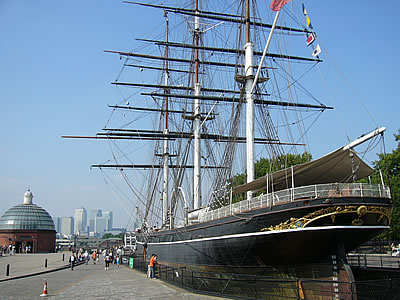 The Cutty Sark |
|
OLD ROYAL NAVAL COLLEGE
|
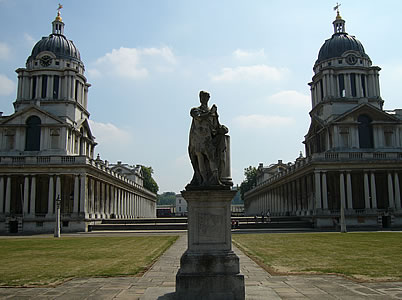 Old Royal Naval College |
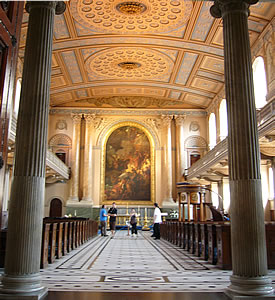 Chapel |
|
GREENWICH WHEEL
|
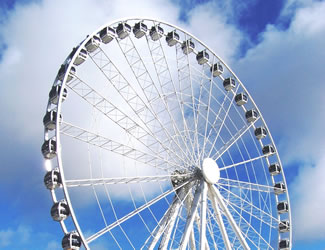 The Greenwich Wheel |
|
NATIONAL MARITIME MUSEUM
|
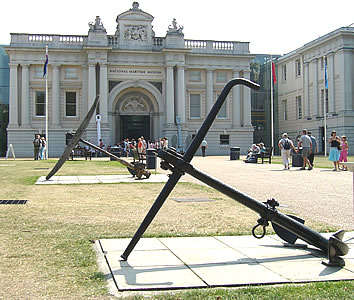 Entrance to the museum |
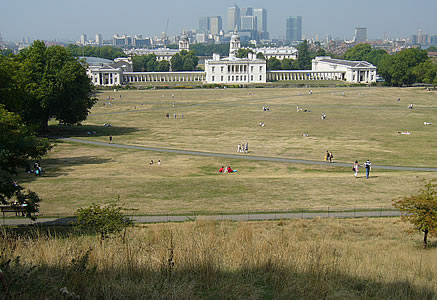 View of the museum from Greenwich Park |
 |
National
Maritime Museum: The Habit of Victory - The Story of the Royal Navy Author: Captain Peter Hore Publisher: Sidgwick & Jackson Date: February 2005 |
 |
The
Island Nation: A History of Britain and the Sea Author: Brian Lavery Publisher: Conway Maritime Date: June 2005 |
|
ROYAL OBSERVATORY
|
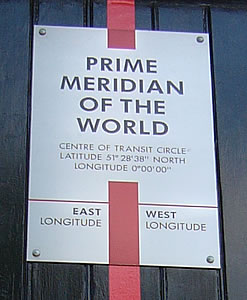 This line marks zero longitude |
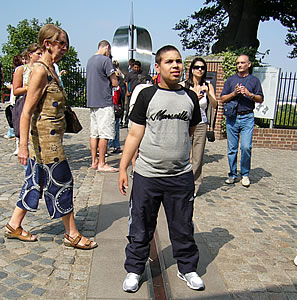 One foot in each half of the world |
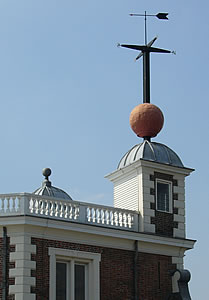 The time ball: starts to rise shortly before 1pm |
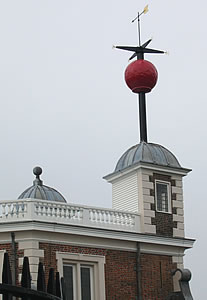 At 1pm the ball falls back down |
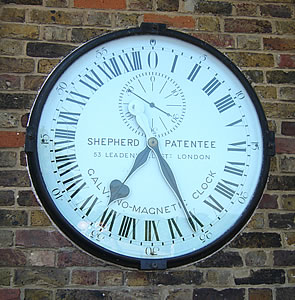 Shepherd 24-hour gate clock: showing Greenwich Mean Time |
 |
Longitude |
 |
"Endeavour":
The Story of Captain Cook's First Great Epic Voyage Author: Peter Aughton Publisher: Phoenix Date: July 2003 |
|
THAMES BARRIER
|
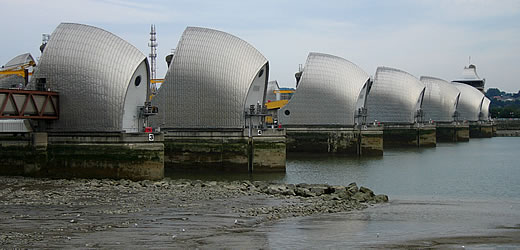 The Thames Barrier |
|
FESTIVALS
|
|
FURTHER INFORMATION
|
|
|
|